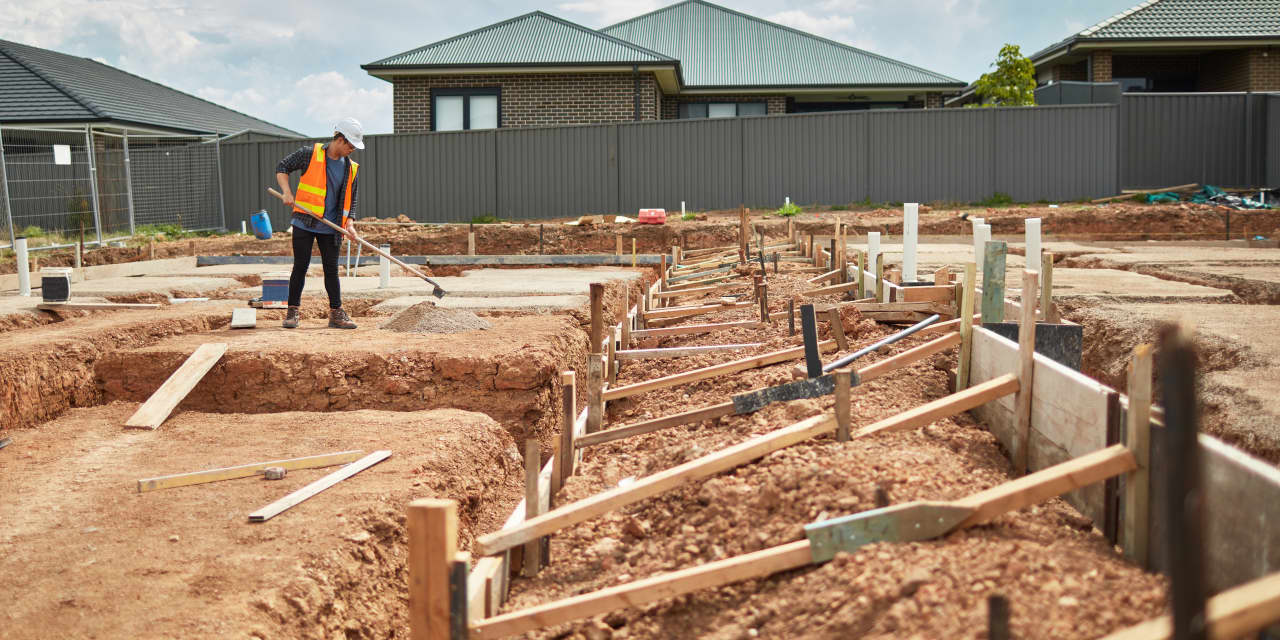As mortgage rates and home prices stay elevated, the U.S. housing market has become increasingly challenging for aspiring homeowners — and too many are being shut out, according to one Fed President.
Homeownership is “becoming increasingly unattainable for too many workers,” Tom Barkin, president of the Federal Reserve Bank of Richmond, said during a speech in Hampton, Va. on Wednesday.
“Take teachers for example. The math all too often just doesn’t work for them,” Barkin explained. The median wage for a middle-school teacher in 2022 was just over $60,000, he noted. At that salary today, that teacher could afford a $228,000 home without becoming cost-burdened, he said.
But the median price of a new starter home last year was $71,000 more than that. And that’s also “on the off chance you could even find one,” he added.
The housing market today is reeling from high mortgage rates and a persistent shortage of homes, which is intensifying competition among buyers and pushing up home prices. Both of those forces have resulted in housing affordability dipping to the lowest level since 1984.
The 30-year fixed-rate mortgage remains far above the pre-pandemic level of 4%, at over 7.5%, and the median national sale price of a home was $412,502 in September, up 2.2% from last year, according to real-estate brokerage Redfin.
Even though rent growth has slowed, rents are only cooling after rising sharply. Rents fell in October by 1.2% as compared to the year before, according to Apartment List. While rent growth has slowed from a rate of 18% over 2021 and 2022, the median rent hasn’t fallen enough to offset the surge.
“The math for renting also isn’t great,” Barkin said. Consider the teacher from the previous example who is looking for a place to live. If they were looking to rent last year, they would have had to fork out about $1,643 per month, the median asking rent that year, Barkin explained, versus $2,011 today — an increase of 22%.
“We need to make the math work better, both for homeownership and renting,” Barkin said.
The Fed president proposed a wide range of solutions that could bring down the cost of housing. They included building more housing to meet demand while navigating those who oppose zoning changes to build denser housing, and having counties offer tax incentives to encourage developers to build more.
Barkin also suggested that local governments cut red tape and offer “streamlined permitting” and reduce “unnecessary regulation” to motivate developers.
“We all know housing availability is limiting communities. The key is more supply,” Barkin stressed. “This is a math problem — but one where potential solutions are beginning to multiply.
See also: ‘That’s exactly what we did back in the housing boom in 2006’: One economist on what we’re getting wrong about the affordable-housing crisis
Read the full article here





